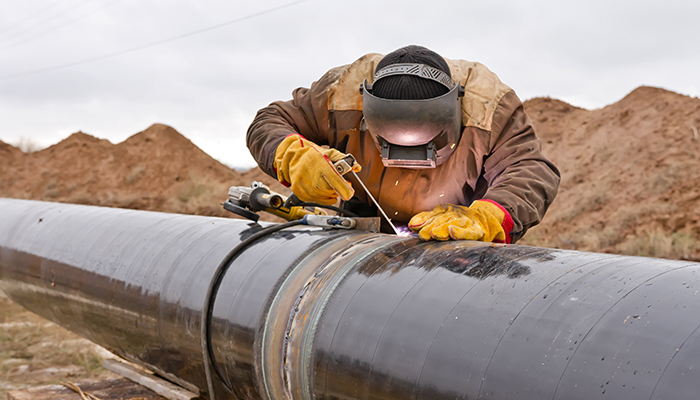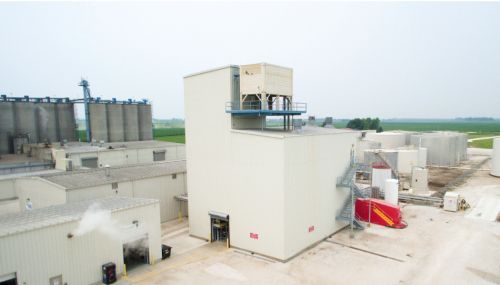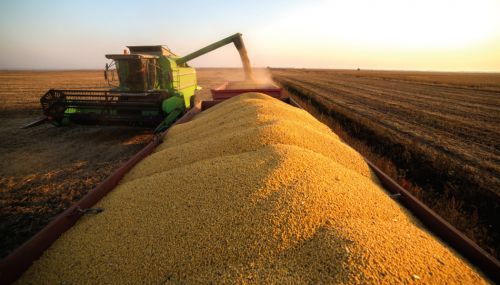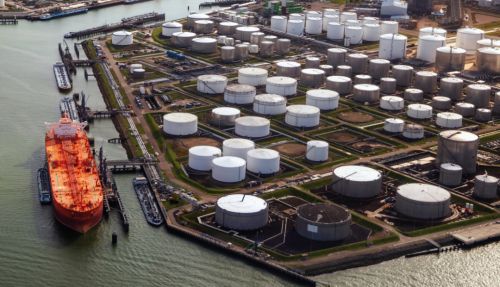All
In the Pipe

Since most heating oil and propane retailers get their fuel via trucks and terminals, and as much of the region’s fuel supply arrives via marine or rail transport, the topic of pipelines can sometimes seem to the downstream marketer like something out of an entirely different world. Nevertheless, pipelines remain critical to all segments of the energy industry, as they play an important role in determining regional inventory, days of supply, and pricing.
Indeed, the awesome power of the pipe was put on full display last September, when over-pressurization of natural gas pipelines by a utility worker led to the Merrimack Valley Disaster in which some 150 homes in Lawrence, Andover, and North Andover, Massachusetts were damaged or destroyed, dozens of people were injured and one teenager lost his life. (In fact, the death toll recently rose to two; see our latest story on the Merrimack Valley Disaster also in this issue).
With this in mind, and with numerous other pipelines making headlines in recent months, Oil & Energy sought to compile key updates on some of the biggest pipeline news items from the current heating season. Note: while some of the pipelines covered here are farther from and therefore less directly related to the Northeast market, all are of relevance to our national readership and the industry at large.
Keystone XL
One of the most well known and controversial pipeline projects in recent memory, the 1,179-mile Keystone XL pipeline extension was first proposed in 2008. The plan was to streamline the existing crude oil Keystone Pipeline System, owned by the TransCanada Corporation, by connecting operational terminals in Hardisty, Alberta, and Steel City, Nebraska via a shorter, more direct route than the pipeline completed in 2010.
Construction of the Keystone XL was delayed by the Obama administration, but President Trump has sought to see the project through to completion and in 2017 a U.S. Department of State Record of Decision authorized construction to resume. However, on November 8, 2018, U.S. District Court Judge Brian Morris, of Great Falls, Montana, vacated the State Department’s decision.
According to Morris’s ruling, “The Court enjoins Federal Defendants and TransCanada from engaging in any activity in furtherance of the construction or operation of Keystone and associated facilities until the Department has completed a supplement to the 2014 Supplemental Environmental Impact Statement that complies with the requirements of the National Environmental Policy Act and the Administrative Procedures Act.”
Sources suggest that the project’s current delay and eventual fate primarily affect the Canadian oil sands market. However, it is worth mentioning here that the Northwest states through which the pipeline travels have become an increasingly integral part of U.S. oil production and supply.
According to the U.S. Energy Information Administration, “Pipeline constraints in Western Canada have resulted in more crude oil delivered by rail, a more expensive option than pipelines, further affecting [Midwest] crude oil discounts at a time of low refinery demand.”
Granite Bridge
Of course, most pipeline extensions don’t stretch as far as Keystone XL. One proposal, which should be familiar to readers in the New Hampshire area, would cover just over 25 miles. The Granite Bridge pipeline, proposed by Liberty Utilities, would connect existing natural gas pipelines in Exeter and Manchester. At 27 miles, it would extend through Manchester, Candia, Auburn, Epping, Raymond, Brentwood, Exeter and Stratham. Notably, it would be located along NH Route 101, which, in 2016, was designated by the New Hampshire State Legislature as an “energy infrastructure corridor.”
Though Granite Bridge has not attracted national attention, it has been a point of contention for many environmentalists and other residents who are concerned that the pipeline will pass underneath the Lamprey River and run within hundreds of feet of local water sources. The project also calls for a 2 billion cubic foot, 160-foot-high, 200-foot-wide storage tank and redistribution facility to be built in Epping.
Twenty-two of New Hampshire’s 24 state senators have endorsed the project, as has the New Hampshire Business and Industry Association, the state’s chamber of commerce. Standing opposed are public action groups such as Citizens for Local Control and 350 New Hampshire.
These organizations contend that natural gas pipelines pose significant environmental and safety risks — a claim supported by the Merrimack Valley Disaster, which is still fresh in the minds of many New Englanders, particularly those who entered the 2018 heating season without a permanent heat source, or worse, without a home.
Granite Bridge was first proposed in December 2017. If Liberty Utilities’ application is accepted, the state Public Utilities Commission will begin its review of the project, most likely sometime in early 2019. That review could take up to a year or more. In the meantime, local publications such as Seacoast Online have been publishing articles about Granite Bridge since the project was announced, and the Concord Monitor recently ran a series of op-eds and letters written by concerned readers.
Some have suggested that Granite Bridge would allow Liberty Utilities to double its rate base by converting more homes and businesses to natural gas heating. This is, of course, a cause for concern among heating oil and propane retailers in New Hampshire. Oil & Energy will continue to follow this story as it develops.
Mariner East 2
On December 29, 2018, Energy Transfer LP announced that its Mariner East 2 Pipeline was officially in service. “The 350-mile natural gas liquids (NGLs) pipeline transports domestically produced ethane, propane and butane east from processing plants in Ohio across West Virginia and Pennsylvania to Energy Transfer’s Marcus Hook Industrial Complex in Delaware County, PA, where the NGLs are stored for distribution to local, domestic and waterborne markets,” according to a press release.
As propane coming through the pipeline has been ticketed for export to China, there are some concerns about scarcity of retail supply, especially for the late winter months. That being said, late-season scarcity, like pricing volatility, has long been an area of concern for propane retailers in the Northeast. And while Mariner East 2 coming online might amplify these worries, it is generally assumed that any potential large or long-term impacts will not be felt until later in the year, if not 2020.
Related Posts
 Why Quality Matters in Your Biofuel Blends
Why Quality Matters in Your Biofuel Blends
Posted on June 25, 2025
 Incorporating Higher Blends of Biofuels
Incorporating Higher Blends of Biofuels
Posted on May 14, 2025
 NORA Programs at Eastern Energy Expo
NORA Programs at Eastern Energy Expo
Posted on May 13, 2025
 March Short-Term Energy Outlook
March Short-Term Energy Outlook
Posted on April 28, 2025
Enter your email to receive important news and article updates.
